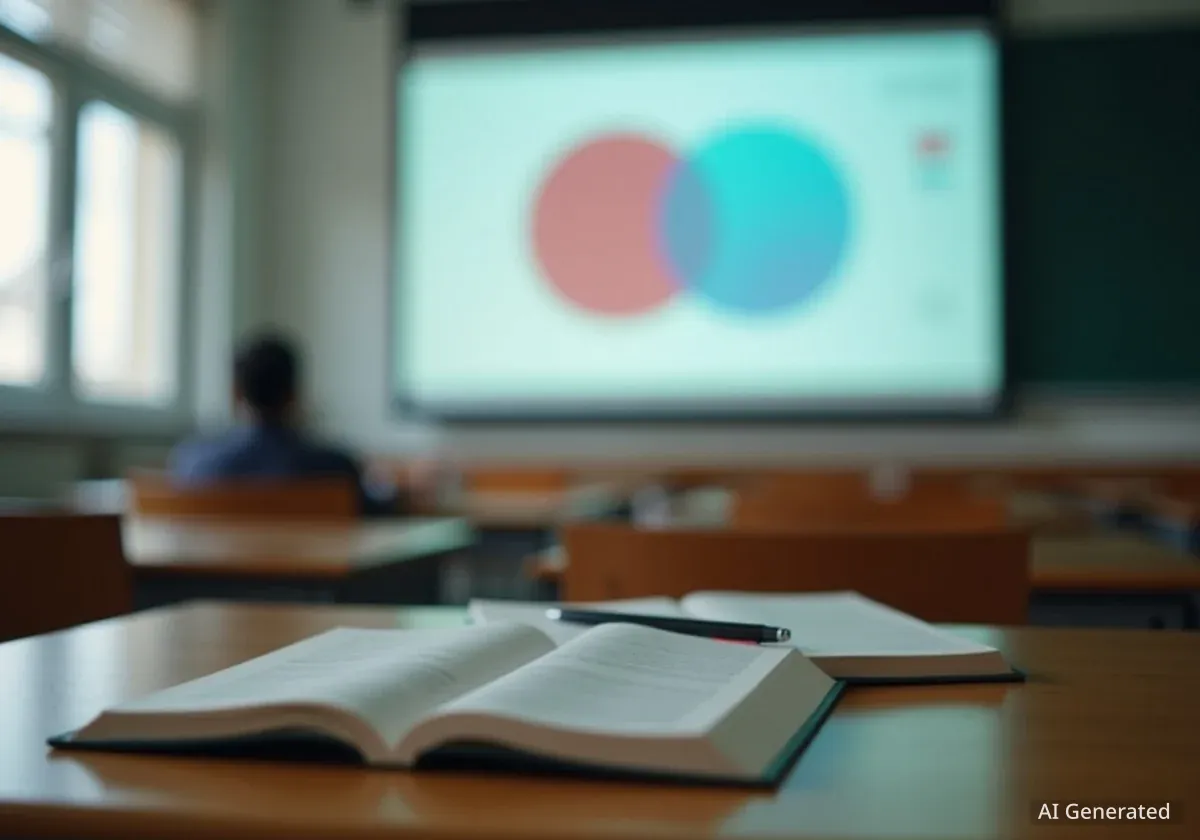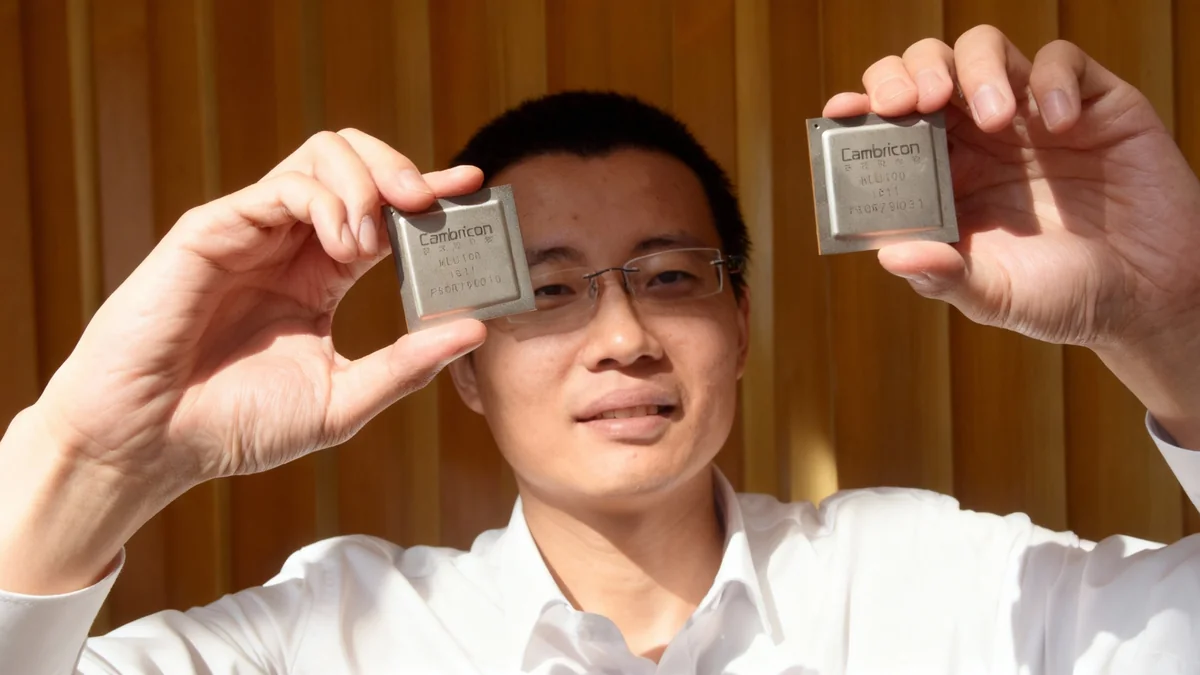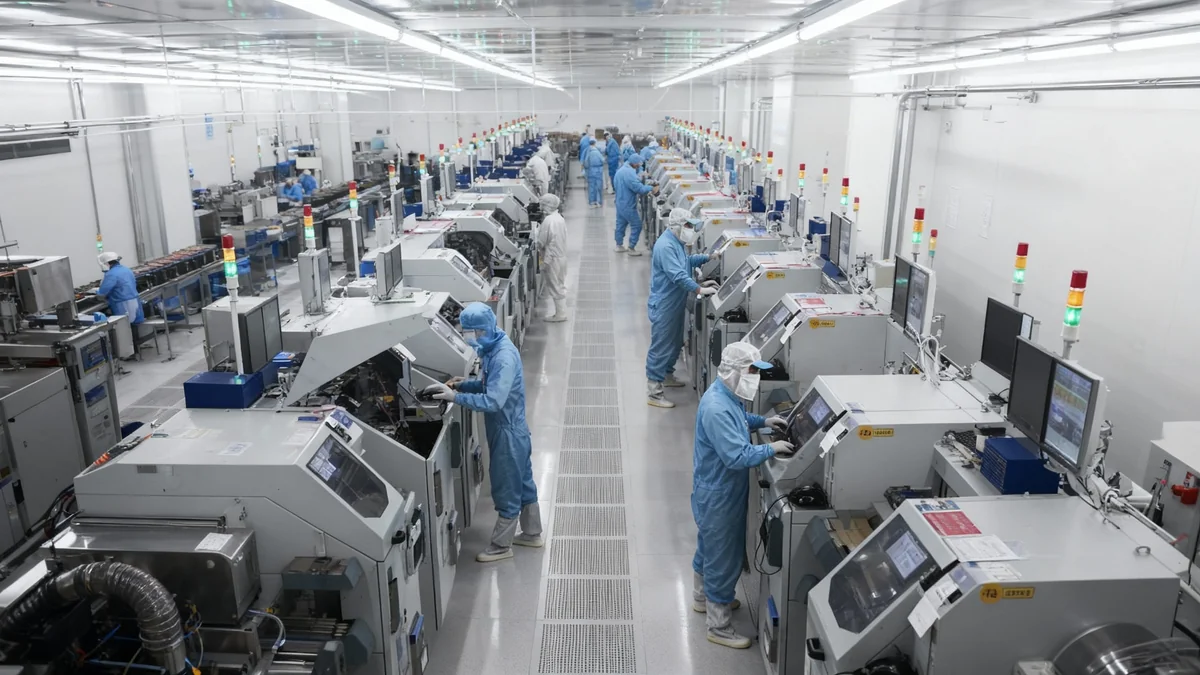Higher education institutions are facing a significant challenge in developing clear and consistent policies for generative artificial intelligence. As universities attempt to adapt to tools like ChatGPT, many are issuing contradictory messages, leaving both students and faculty without clear direction on the acceptable use of AI in academia.
This policy vacuum creates a fundamental conflict: AI is simultaneously presented as a threat to academic integrity and an essential tool for future employment. This unresolved tension is at the heart of the ongoing debate on campuses worldwide as they try to regulate a technology that is evolving faster than their guidelines.
Key Takeaways
- Universities are struggling to create stable AI usage policies amid rapid technological changes.
- Students report receiving conflicting guidance, causing confusion about academic integrity.
- A core conflict exists between viewing AI as a cheating tool and a necessary career skill.
- Critics argue that important ethical and practical questions are being overlooked in the rush to adopt AI.
- Issues like AI's environmental impact, legal risks, and its own data sourcing methods challenge academic values.
The Central Conflict in Academic AI Policy
Since the widespread availability of generative AI in early 2023, colleges have been in a reactive posture, frequently updating rules that become obsolete almost immediately. This has led to a campus environment where policies can vary dramatically from one classroom to another, creating an inconsistent educational experience.
Faculty members are often caught between two opposing institutional directives. On one hand, they are tasked with safeguarding academic honesty and preventing unsanctioned AI use. On the other, they are encouraged to integrate these same tools into their curriculum to prepare students for the modern workforce.
A Tale of Two Messages
Educational institutions are effectively sending a mixed signal to staff and students: "This technology poses a fundamental risk to our core values of originality and integrity, but you must learn to use it, or your students will be unemployable." This paradox makes it difficult to establish a coherent and principled institutional strategy.
This dissonance is a primary source of frustration. Students express a need for clear, university-wide standards, yet institutions struggle to balance academic freedom with the need for uniform rules on academic integrity. The result is often a patchwork of guidelines that fails to provide clarity for anyone.
Critical Questions Often Excluded from the Debate
In the push to adopt AI, many institutions have prioritized technical integration over critical evaluation. Experts argue that voices expressing skepticism or raising difficult questions are often marginalized, labeled as obstructionist rather than essential contributors to a balanced policy discussion. Including these critical perspectives is necessary to address several overlooked challenges.
Does AI Truly Save Time?
Generative AI was initially promoted as a major productivity tool for academia, promising to help faculty with tasks like grading papers and creating lesson plans. However, the reality has proven more complex.
A significant issue is the propensity for large language models (LLMs) to produce "hallucinations"—factually incorrect or fabricated information. For example, AI tools have been known to invent academic citations or create false summaries of research.
The Hidden Time Cost
Because of the unreliability of AI-generated content, users are now advised to meticulously double-check all outputs for accuracy. This means a task once promoted as a time-saver now requires an additional, often time-consuming, verification step, undermining its initial value proposition.
This gap between the marketing rhetoric of efficiency and the practical reality of needing to fact-check everything is rarely addressed in institutional planning for AI integration. The critical question remains: does this technology reduce workload or simply shift it to a new form of verification?
The Paradox of AI and Academic Integrity
One of the most profound challenges AI poses to higher education is its relationship with plagiarism and intellectual property. Universities are focused on preventing students from using AI to cheat, yet the very architecture of these tools raises questions about the same principles.
"We cannot in good faith require adherence to principles of academic integrity from our students if the technologies we are adopting are built in violation of those same principles."
Large language models are trained on vast datasets, which include terabytes of copyrighted material scraped from the internet without permission or attribution. Companies like OpenAI have faced numerous copyright lawsuits from authors and publishers, defending their actions by claiming it would be "impossible" to build their models otherwise.
This creates a glaring contradiction. A student who copies and pastes material without citation would face severe academic penalties. Yet, the AI tools they are encouraged to use are built upon a similar practice, just on a massive scale. This fundamental conflict is rarely acknowledged in university AI policy discussions.
Unacknowledged Risks and Environmental Costs
Beyond academic integrity, the rapid integration of AI tools introduces other significant risks that are often ignored in campus-level discussions.
Potential Legal and Ethical Liabilities
While some AI errors are harmless, others carry substantial risks. There have been documented cases of AI chatbots producing hate speech, encouraging self-harm, and generating other dangerous content. A lawsuit was filed against OpenAI after a user reportedly received guidance from ChatGPT that led to suicide, highlighting the potential for severe negative outcomes.
If an institution provides or recommends an AI tool that subsequently causes harm, it could face significant legal and reputational damage. Critics argue that universities are adopting these technologies without fully considering the potential liabilities, a step they would never take with other institutional resources like lab equipment.
Sustainability and Environmental Impact
Many universities have public commitments to sustainability and reducing their carbon footprint. However, the environmental cost of generative AI is enormous and often overlooked. The data centers required to power these complex models consume vast amounts of energy and water for cooling.
The Energy Consumption of AI
Executing even simple queries on a generative AI platform requires significant computational power. The proliferation of AI is driving a global surge in the construction of data centers, placing a substantial strain on power grids and water resources, which directly conflicts with institutional goals of environmental stewardship.
For universities to develop responsible AI policies, they must reconcile their technology ambitions with their sustainability commitments. This requires a comprehensive discussion that includes the full spectrum of faculty expertise, from computer science to environmental studies and ethics.
A Call for Inclusive and Critical Policymaking
To navigate the complexities of generative AI, educational leaders must move beyond the hype cycle and foster a more critical, inclusive conversation. The current approach, which often excludes dissenting voices, fails to address the fundamental contradictions and risks posed by these powerful tools.
Formulating effective and ethical AI guidance requires bringing all stakeholders to the table, especially those who can identify the problems that AI enthusiasts may overlook. By embracing critical thinking—a value central to higher education—institutions can develop strategies that prepare students for the future without sacrificing the academic principles that define them.





